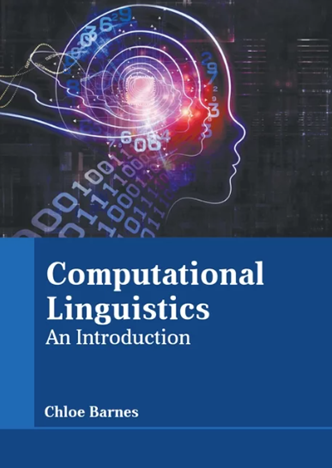多义词--来自语言学、行为科学和语境化语言模型的证据
IF 5.3
2区 计算机科学
引用次数: 0
摘要
多义词是一种词汇歧义,一个词有多种不同但相关的解释。在过去十年中,语言学、心理学、神经科学和计算语言学等多个学科都对多义词进行了大量研究,这些研究越来越清楚地表明,多义词的复杂性排除了简单、普遍的答案,尤其是在多义词的表征和处理方面。但是,随着提供大量实证证据的大型众包数据集的日益普及、行为学方法论的改进以及能够在特定语境中编码单词细粒度含义的语境化语言模型的发展,有关多义词的文献最近发展出了更为复杂的理论分析。在本调查报告中,我们将以跨越数十年和多个学科的长期研究成果为背景,讨论近期对多义词研究的贡献。我们的目的是汇集不同的观点,以更全面地了解多义词现象的异质性和复杂性。具体来说,我们强调了支持多义词心理加工的一系列混合模型的证据。这些混合模型结合了以往不同理论方法的要素,以解释多义词加工过程中的模式和特异性,而迄今为止已知的最佳模型都未能解释这些模式和特异性。我们的文献综述发现:i) 传统的多义词分析可能因定义不严谨和材料选择性而限制了其普遍性;ii) 语言测试为个别案例提供了有用的证据,但未能捕捉到多义词意义扩展处理过程中所涉及的全部因素;iii) 最近的行为(心理)语言学研究、大规模注释工作和利用语境化语言模型的调查提供了越来越多的证据,表明多义词意义相似性涵盖了意义同一性和类似同义词的意义不相关性之间的广泛范围。我们希望本调查报告中对多义词的跨学科论述能够进一步激发对多义词本质的基础研究,并使应用研究更好地应对围绕多义词现象的复杂性,例如,通过开发大型语言模型的基准和测试范式,让更多有关多义词现象的丰富证据为我们所用。本文章由计算机程序翻译,如有差异,请以英文原文为准。
Polysemy - Evidence from Linguistics, Behavioural Science and Contextualised Language Models
Polysemy is the type of lexical ambiguity where a word has multiple distinct but related interpretations. In the past decade, it has been the subject of a great many studies across multiple disciplines including linguistics, psychology, neuroscience, and computational linguistics, which have made it increasingly clear that the complexity of polysemy precludes simple, universal answers, especially concerning the representation and processing of polysemous words. But fuelled by the growing availability of large, crowdsourced datasets providing substantial empirical evidence; improved behavioral methodology; and the development of contextualised language models capable of encoding the fine-grained meaning of a word within a given context, the literature on polysemy recently has developed more complex theoretical analyses. In this survey we discuss these recent contributions to the investigation of polysemy against the backdrop of a long legacy of research across multiple decades and disciplines. Our aim is to bring together different perspectives to achieve a more complete picture of the heterogeneity and complexity of the phenomenon of polysemy. Specifically, we highlight evidence supporting a range of hybrid models of the mental processing of polysemes. These hybrid models combine elements from different previous theoretical approaches to explain patterns and idiosyncrasies in the processing of polysemous that the best known models so far have failed to account for. Our literature review finds that i) traditional analyses of polysemy can be limited in their generalisability by loose definitions and selective materials; ii) linguistic tests provide useful evidence on individual cases, but fail to capture the full range of factors involved in the processing of polysemous sense extensions; and iii) recent behavioural (psycho) linguistics studies, largescale annotation efforts and investigations leveraging contextualised language models provide accumulating evidence suggesting that polysemous sense similarity covers a wide spectrum between identity of sense and homonymy-like unrelatedness of meaning. We hope that the interdisciplinary account of polysemy provided in this survey inspires further fundamental research on the nature of polysemy and better equips applied research to deal with the complexity surrounding the phenomenon, e.g. by enabling the development of benchmarks and testing paradigms for large language models informed by a greater portion of the rich evidence on the phenomenon currently available.
求助全文
通过发布文献求助,成功后即可免费获取论文全文。
去求助
来源期刊

Computational Linguistics
Computer Science-Artificial Intelligence
自引率
0.00%
发文量
45
期刊介绍:
Computational Linguistics is the longest-running publication devoted exclusively to the computational and mathematical properties of language and the design and analysis of natural language processing systems. This highly regarded quarterly offers university and industry linguists, computational linguists, artificial intelligence and machine learning investigators, cognitive scientists, speech specialists, and philosophers the latest information about the computational aspects of all the facets of research on language.
 求助内容:
求助内容: 应助结果提醒方式:
应助结果提醒方式:


